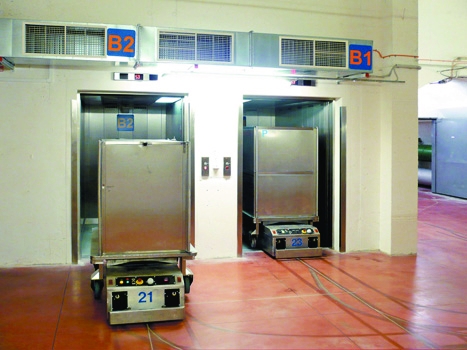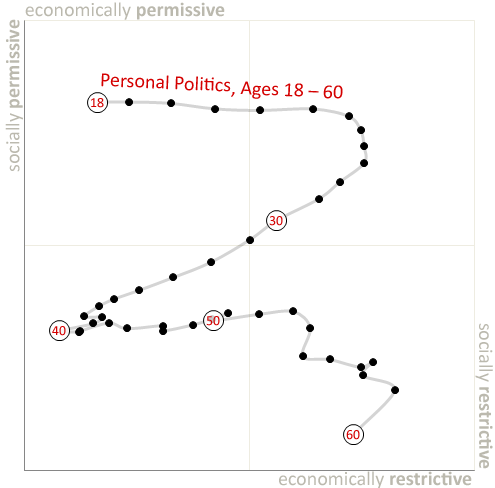Future towers
Financing and insurance
In the hierarchy of influence on how a building is designed, architects currently occupy a fairly low rung. The top rung is currently occupied by insurance companies. They have the ultimate long term view of a rented asset because they are responsible for maintaining it. They are happy to spend more now for future risk mitigation.
At the other extreme, there are also distributed ownership models like crowd funding.
(x)aas: can amenity be made contractable?
Flexibility: What sorts of things can be done in the space? What can’t?
Are commercial towers solely for knowledge work? Is knowledge work exclusively clean, data work? What happens when you want to prototype your product or cook a meal for your team? Is that possible? What happens if you need to run a welder or a server farm?
These sorts of questions are useful when we’re thinking about what we can’t do in a building. We should make our assumptions clear when we are saying what you can’t do, and try to make everything else possible.
Google’s brief for their office was for a space that they could crane out different bits and move things around. Most architects lost the commission because they assumed that they were being metaphorical. The winning design was reconfigurable. Could you have a system that had robot movers that could move all the furniture, the walls and the floors? It’s not a technology problem, that bit is solved!

Peak IT: Architects need a lot of bandwidth for their work (synchronising models etc.), but does everyone else?
Decreasing org size
Traditional organisations needed a lot of bodies to get work done. Modern companies have software to give them productivity leverage. They don’t need to do a lot of jobs because software does those jobs for them. Wal-Mart has many employees each making the company a tiny amount. Berkshire Hathaway has very few employees making a very large amounts. More modern companies like Facebook do the same sort of thing.
(I seem to remember reading that average org size is actually going up, but that’s from holding companies owning many subsidiaries. It doesn’t change the above assertion that you can do more with fewer people.)
human capital optimisation
As automation takes more and more tasks, a human being in a knowledge work process becomes more and more valuable.
I’ve written before about how delegating is like programming as has HBR (somewhere, I can’t find it). Buildings are going to be very important in amplifying people’s value. There’s no need to be in the office to do work as we think of work now. Most of that production work will be automated soon, so what’s left is discussing ideas and thinking.
People want to be expressive
To start this section, as a disclaimer, let’s talk about generations, it’s not really meaningful.


What seems to be more meaningful is to talk about age groups and factors. People who are in a certain stage of their lives share some traits regardless of when in time they exist. There are also factors that influence all age groups. I know very technologically able retirees and some completely luddite people in their 20s.
The idea of being expressive really seemed to begin with the hippies in the 60s. (Don’t quote me on that, I wasn’t there.) Since then the ability to express oneself has been more and more important to people. To get maximum value out of people, we need a way for people to be able express themselves at work. This can be keeping colouring pencils and leaves on your desk, or working naked. Caring about these sorts of things decreases individual productivity in favour of an illusion born of conformity.